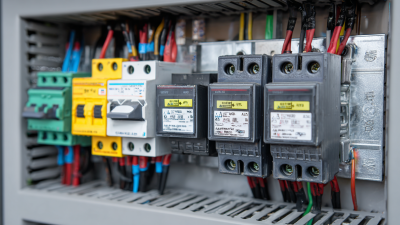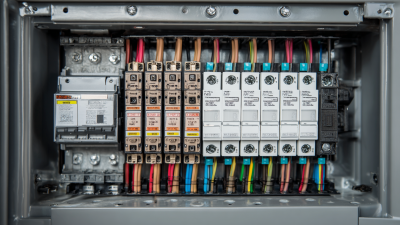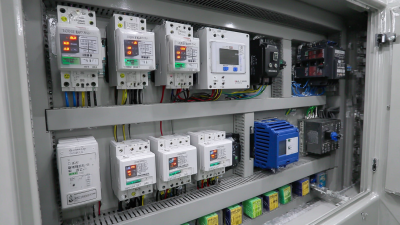When it comes to maintaining a safe and efficient home, understanding your Breaker Box is crucial. This often-overlooked component of your electrical system is responsible for distributing power throughout your home and protecting it from potential surges. Unfortunately, many homeowners are unaware of the essential maintenance needed to keep their Breaker Box in optimal condition. In this guide, we will explore the top maintenance tips that every homeowner should know to ensure their Breaker Box functions effectively and reliably. By following these straightforward guidelines, you can prevent electrical hazards, extend the lifespan of your system, and enhance the overall safety of your living environment. Dive in as we unveil important insights and practical steps to empower you in managing this vital element of your home’s electrical infrastructure.

Understanding the main components of your breaker box is crucial for effective home maintenance. The breaker box, often referred to as the electrical panel, serves as the distribution center for electrical circuits in your home. It houses circuit breakers that protect your home’s wiring from overloads and short circuits by automatically cutting off power in case of an emergency. Familiarizing yourself with these components can help you quickly identify issues and perform necessary maintenance.
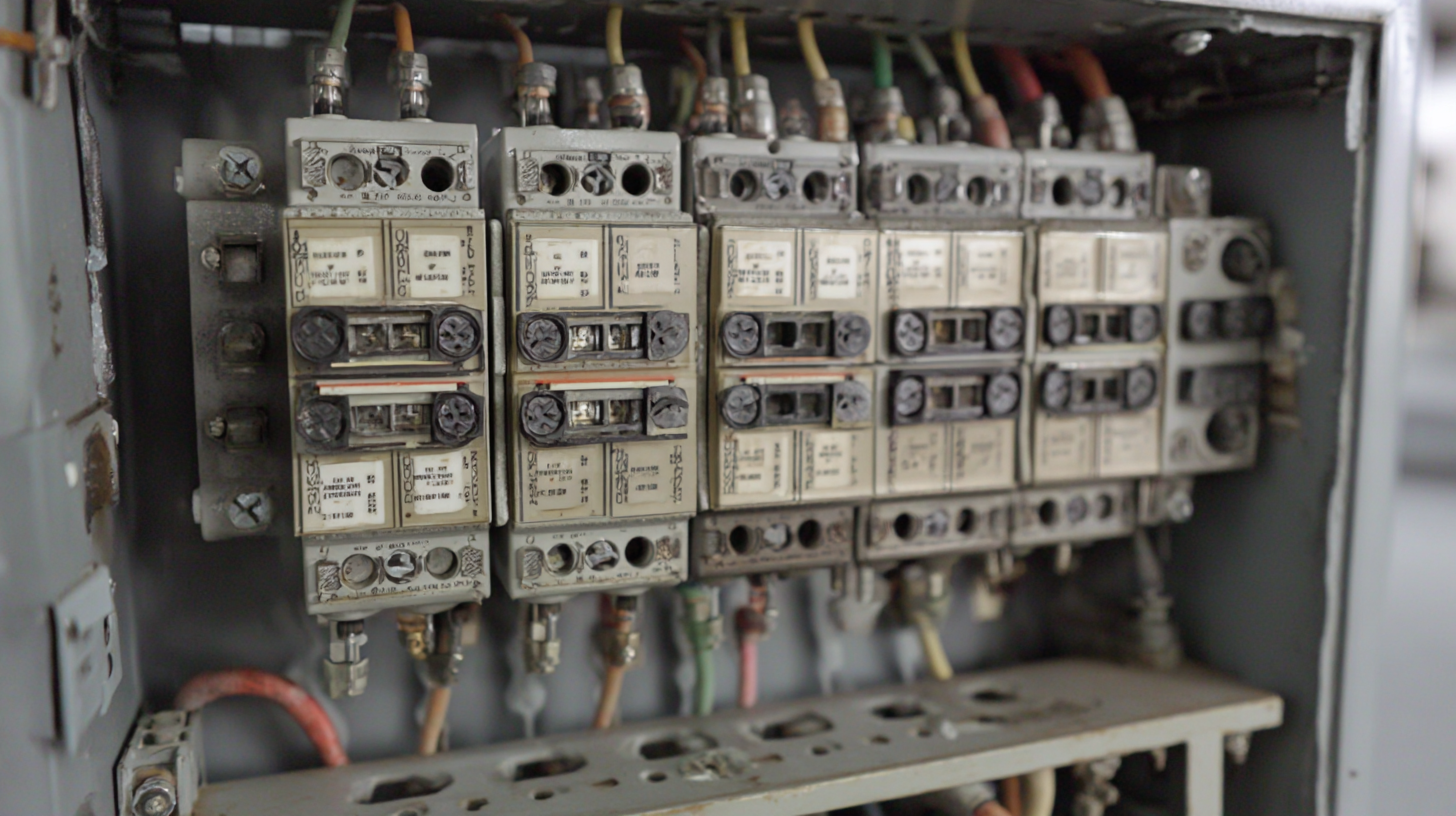
Key elements of the breaker box include the main circuit breaker, which controls power to the entire home, and individual breakers for each circuit. It is essential to ensure that these breakers are appropriately labeled to avoid confusion during maintenance or emergencies. Regularly inspecting the panel for signs of wear, such as corrosion or burnt areas, is vital for maintaining safety standards in your home. A well-maintained breaker box not only enhances safety but also optimizes the functionality of your home’s electrical system.
Before performing any maintenance on your breaker box, it’s crucial to prioritize safety. Begin by turning off the main power supply to your home. This ensures that no electricity is flowing through the circuits you’ll be working on, significantly reducing the risk of electric shock. Use a voltage tester to double-check that there is no power in the breakers you plan to service. Remember, it’s better to be overly cautious than to put yourself in harm's way during maintenance tasks.
Additionally, always wear appropriate personal protective equipment (PPE), such as rubber gloves and safety goggles. This gear can provide an essential layer of protection against accidental electrical discharges or flying debris. Make sure your workspace is dry and well-lit to avoid slips or falls. Lastly, consider having a second person nearby when conducting maintenance; should an emergency occur, they can assist or call for help. By taking these safety precautions, you can work on your breaker box with confidence and minimize potential hazards.
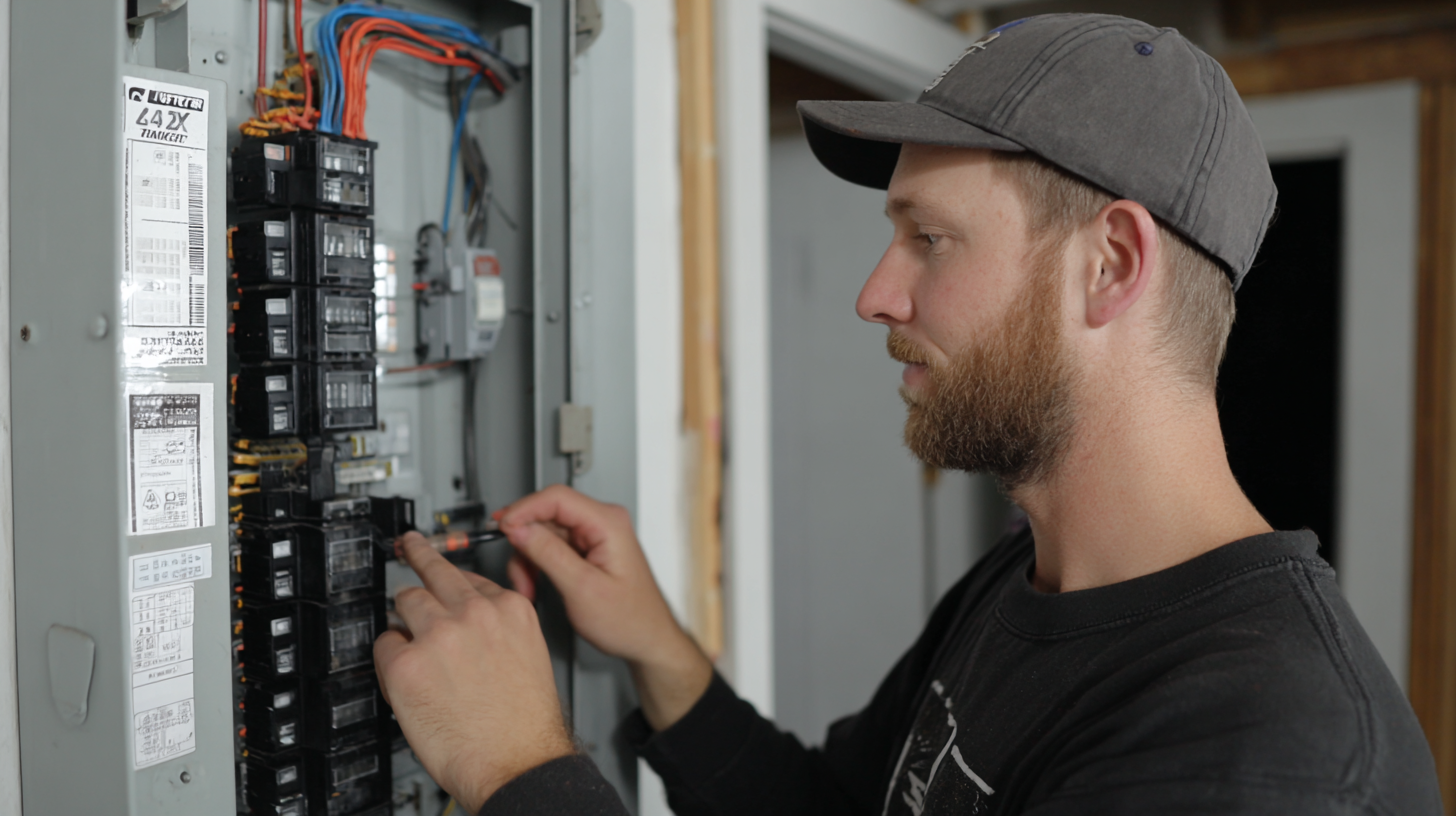
Inspecting your breaker box is a crucial aspect of home maintenance that ensures your electrical system operates efficiently and safely. Start by turning off the main power supply to avoid any risk of electric shock. Once the power is off, carefully remove the cover from the breaker box. Look for any signs of wear, such as rust or corrosion, which can indicate issues needing attention. Ensure that all wiring connections are tight and secure; loose wires can lead to overheating and potential fires.
Next, check that the circuit breakers are functioning properly. Flip each breaker off and then back on to see if they reset smoothly. Any breaker that trips frequently or feels warm to the touch may need to be replaced. It's also important to look for any discoloration or burnt marks on the breakers or terminals, as these can be signs of serious electrical problems. If any issues are detected during your inspection, consider consulting a licensed electrician to address the problems safely and effectively. Regular inspections can help prolong the life of your electrical system and maintain safety in your home.
| Maintenance Task | Frequency | Description | Safety Tips |
|---|---|---|---|
| Inspect Circuit Breakers | Every 6 months | Check for signs of overheating or damage. | Turn off power before inspection. |
| Clear Dust and Debris | Every year | Remove dust that can cause overheating. | Use a soft brush or vacuum. |
| Check Connections | Every 2 years | Ensure all wiring is secure and undamaged. | Consult a professional if unsure. |
| Test GFCI Breakers | Monthly | Ensure ground fault circuit interrupter is functioning. | Press the test button; reset if necessary. |
When it comes to home maintenance, the breaker box often goes overlooked. However, a clean and organized breaker box is essential for the efficient functioning of your electrical system. Research from the National Fire Protection Association indicates that improper maintenance of electrical panels is a significant factor in residential fire hazards, emphasizing the importance of keeping your breaker box tidy. Regularly inspecting the box for dust and debris, along with ensuring that all components are securely fastened, can prevent potential safety issues.
To clean your breaker box, start by turning off the power supply to ensure safety. Gently vacuum the interior and exterior of the box to remove dust accumulation. Avoid using water or any liquid cleaners, as moisture can create electrical hazards. Additionally, organizing the circuit breakers by labeling them clearly will not only enhance accessibility during emergencies but also facilitate easier identification of circuits during maintenance tasks. According to the Electrical Safety Foundation International, a well-organized breaker box can reduce the time needed to identify issues by up to 30%, safeguarding your home and improving overall efficiency.
When it comes to maintaining the electrical system in your home, understanding common issues related to breaker boxes can save you time, money, and potential hazards. One of the most frequent problems homeowners encounter is tripping breakers. According to the National Fire Protection Association (NFPA), approximately 50% of electrical fires in homes can be traced back to faulty wiring or overloaded circuits. Regularly checking your breakers for signs of wear and ensuring that you do not overload them can help mitigate these risks.
Another critical issue is the presence of rust or corrosion on the breaker contacts. A report from the Institute of Electrical and Electronics Engineers (IEEE) highlights that such deterioration can lead to poor connections, which may not only cause your breakers to fail but can also contribute to heat buildup and electrical fires. Homeowners should perform routine inspections of their breaker boxes, checking for any signs of moisture or corrosion. If any irregularities are found, it's wise to consult a licensed electrician to assess the situation and make necessary repairs.

